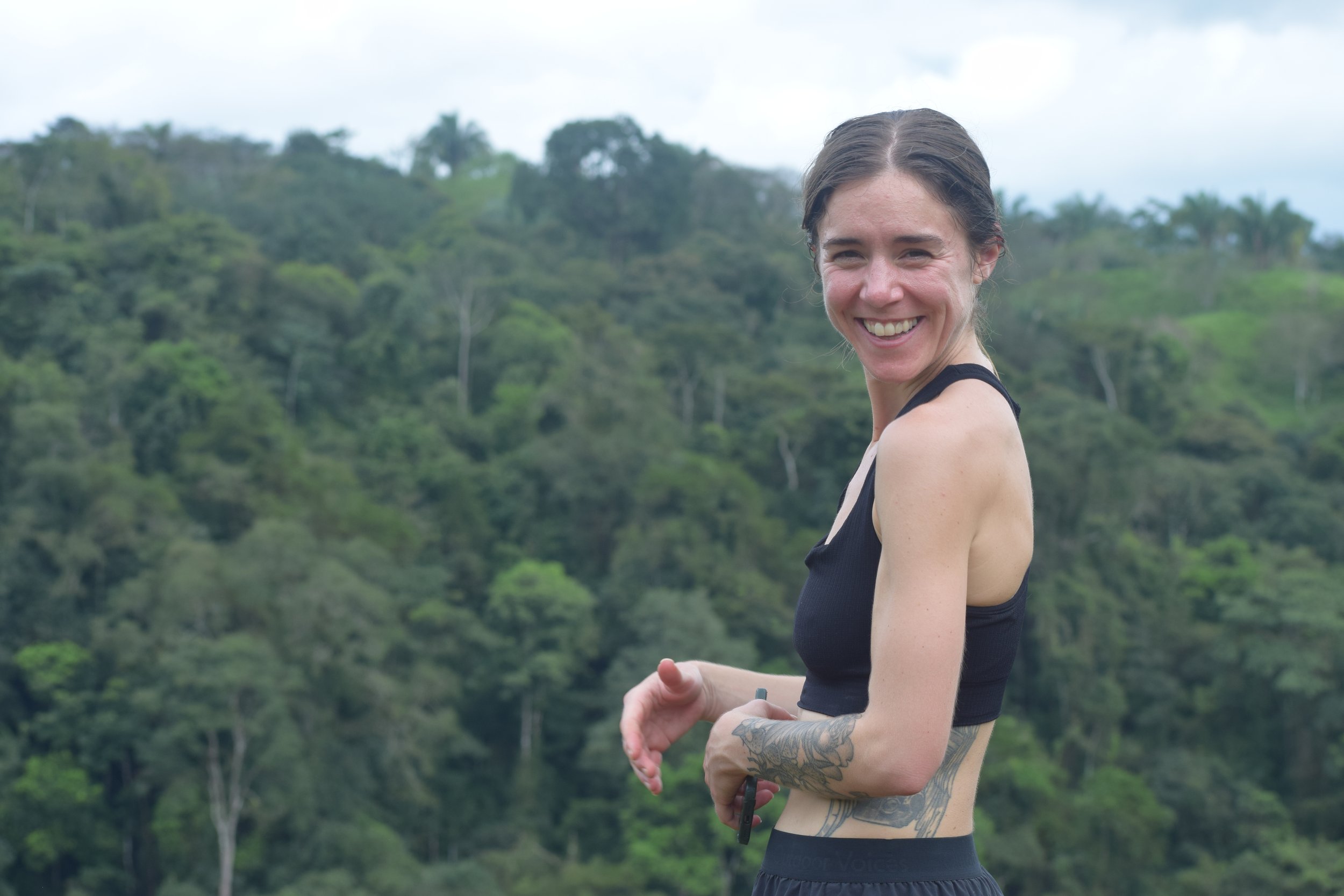Social Permaculture: The Secret to a Successful Community
By Core Team Member Tim O’Hara
The people part of our work is arguably the trickiest. Even though it takes experience, know-how and intelligence to design and install orchards, design and build infrastructure, and manage water, I’d say that they all pale in comparison to the work that’s required to create a holistic and healthy human environment in which to live.
The aspects of our work that fall into this category can be referred to as “Social Permaculture.” How do we organize ourselves? Make decisions? Compensate ourselves? Resolve conflict? Balance work and play? Handle mental health concerns when they arise? Take care of people adequately when they’re sick? Raise a child in the same space where we work? Interact with the local population in a way that’s authentic, caring and positive?
The structures that we’ve attempted to put into place that address these questions and their subsequent success are critical to the prosperity of this place and the people that work, live and visit here.
We’ve spent a significant amount of energy in recent years developing systems that allow us to better respond to the issues that inevitably arise within our human ecosystem. It’s a work in progress, and it requires a lot of patience and perseverance when building a community from the bottom up.
The crux of this complex piece of our lives sits firmly in the art of creating clear agreements and transparent expectations. In the incipient years of our community and project, in what was perhaps a demonstration of “anti-capitalism”, we foolishly eschewed good documentation, written accords, and good financial planning. This led to what could have, and perhaps should have, been the demise of our idealistic notions of a sustainable and well-meaning business.
Through first-hand experience, insistence from team members, and at times shear desperation, we began to slowly put the pieces into place to shore up the systems that helped to create a fair, fun, equitable and economically successful workplace. The exercise was at times painful, tedious and uninspiring. And it took years, and continues to challenge our community through to today. It is always a work in progress, and is constantly informed by who is living and working at the Ranch.
We are open to sharing both our triumphs and failures with those interested in learning from us. We have 23 years of them under our belt now, and we aspire to match that number again in the future. If we succeed, it will be a result of taking care of the people that take care of this place. There could be nothing more important than fairly treating the people that are impacted by your project, and that’s not something we’ve always done well, nor is it simply achieved just by saying that it’s important. It takes practice, education, trial and error and compassion, and along the way egos can be bruised and friendships disfigured. But it’s worth the hard work, and is a critical piece of any project or community to keep at its core, if it expects to get through and beyond the honeymoon phase.





